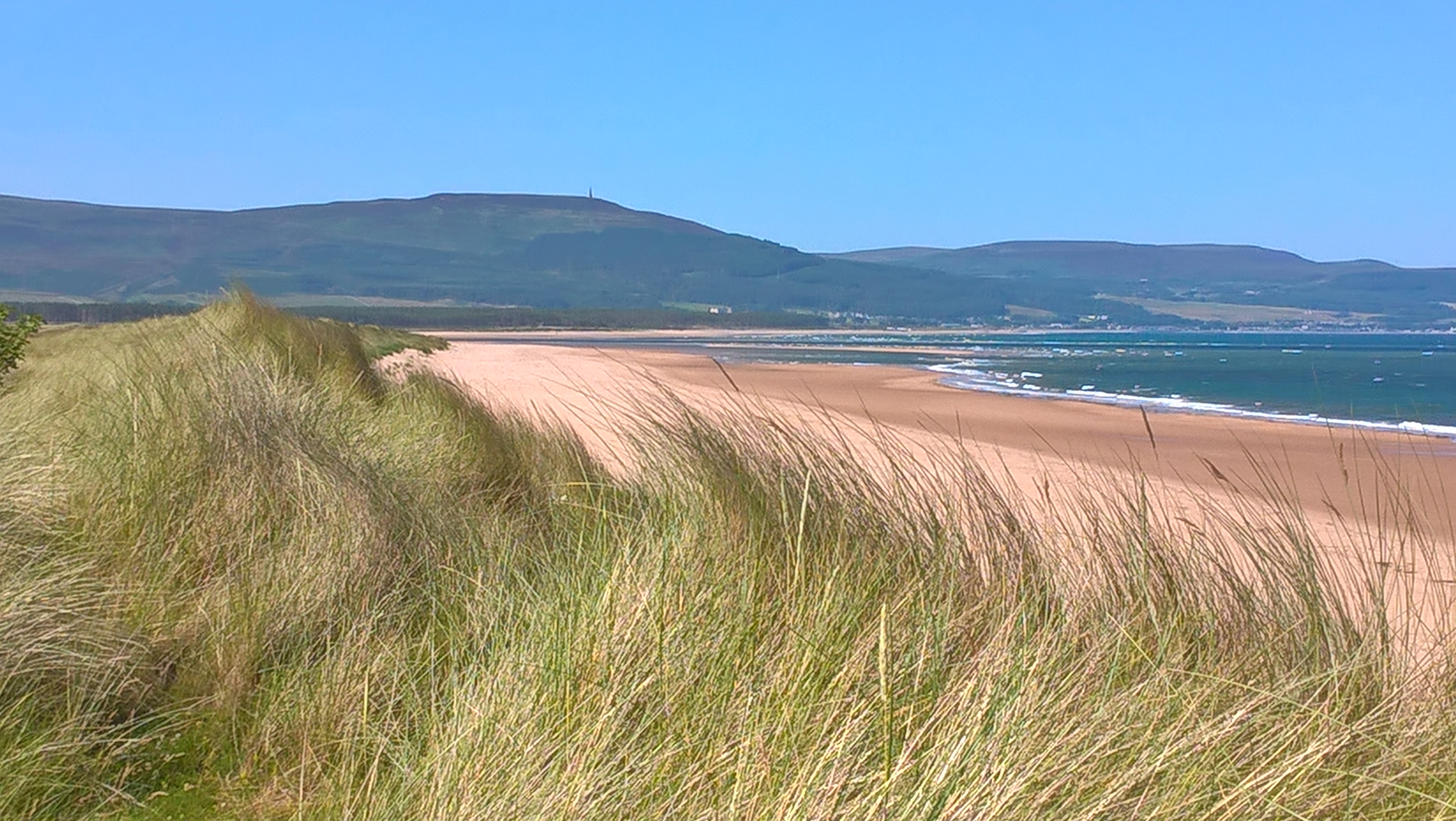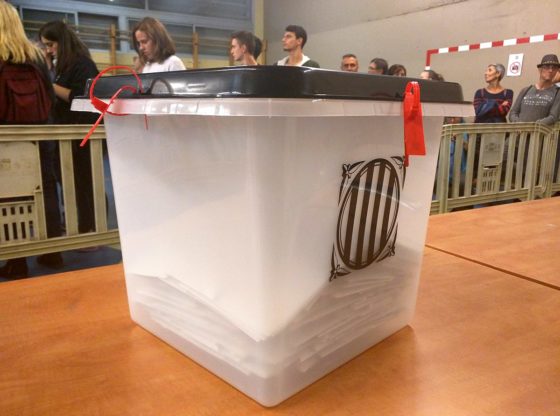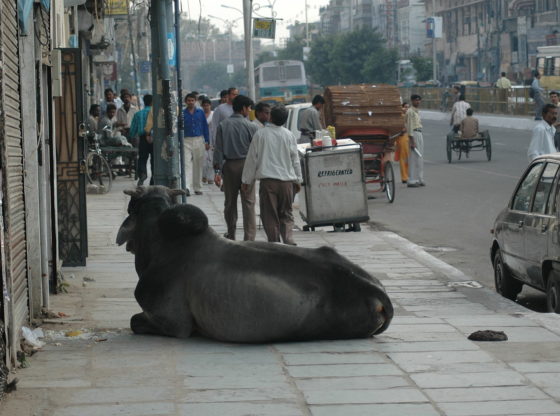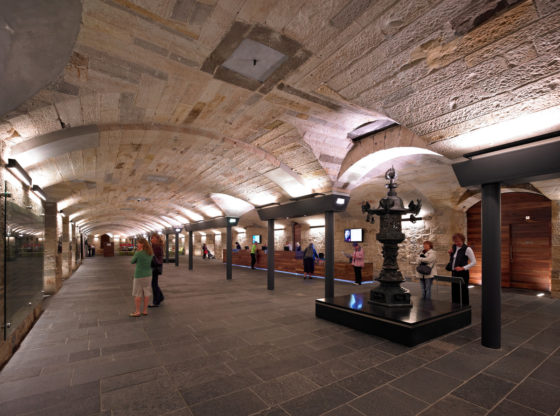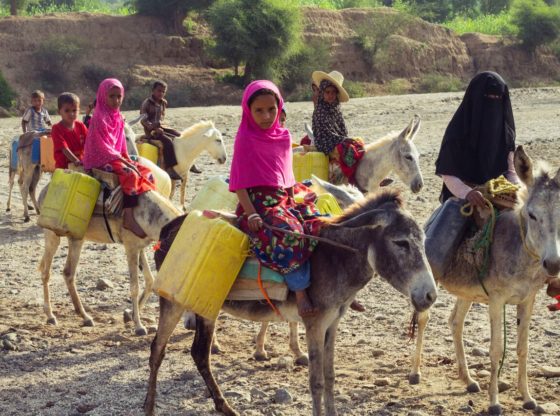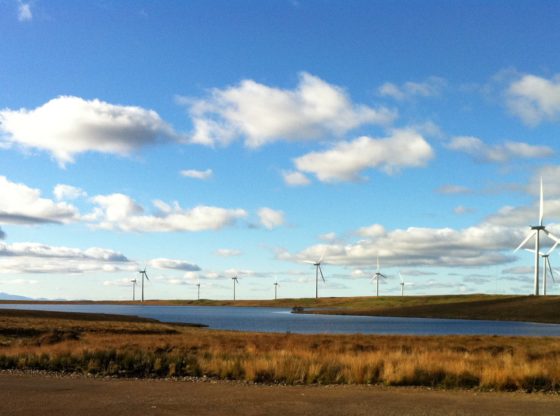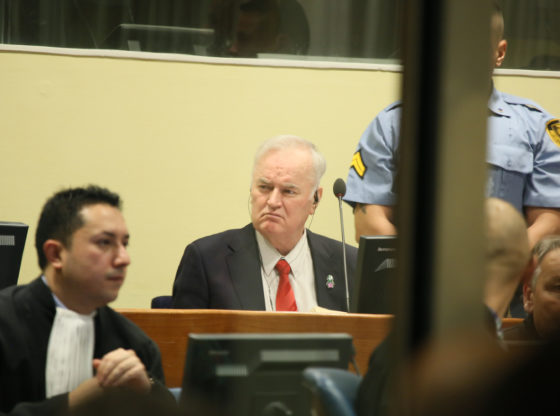Scotland’s status as the home of golf is a major economic driver for the country. But how far should we go in promoting this brand? After the controversy of Donald Trump’s golf development in Aberdeenshire, another project is being mooted for Sutherland. Lyndsey Croal considers the issues at play - and the risks.
In 2012, Donald Trump received a mixed welcome at the opening of his new golf course in Menie, Aberdeenshire. While the project had been objected to by key environmental organisations, and many local residents, it had benefited from local press coverage which had eagerly highlighted the benefits that big business schemes with high profile names can bring to rural developments. It is now clear that the course has not only caused extensive environmental damage, but has also failed to deliver on its economic promises, including job creation. The positives promised of this rural development have been negligible.
Trump’s recent visits to Scotland have been far from celebrated. Many remain unhappy that business interests, primarily benefiting a privileged (and often out of touch) individual, have been put before the needs of Scotland’s beautiful and rich landscape. People will likely continue to voice resistance as Trump signals plans to expand his Menie course.
HISTORY REPEATS ITSELF
The disappointment over the Menie development looks like it could repeat itself. Trump’s golfing mogul rival, Mike Keiser, is seeking to develop a new golf course in Sutherland – this time in an area that has been extensively designated with environmental legislation. Coul Links, just south of Loch Fleet, is the intended location for the new course. It is a Site of Special Scientific Interest (SSSI) under Scottish legislation, a Special Protection Area (SPA) under European Union (EU) legislation, and a Ramsar site (protected by the Ramsar convention, an international treaty for conservation of wetlands and their resources).
Wetlands are recognised internationally as being some of the world’s most productive and indispensable environments, with a level of biological diversity that is vital for the natural environment, and consequently human survival. The designated development site itself is home to unique habitats and a wide range of species: birds such as waders, geese, terns and waterfowl; rare insects like the Fonseca’s seed fly; plants including sea centuary, moonwort and grass of Parnassus; and mammals like the wild cat, badgers, pine martens, and bats. Many of these are of high conservation concern and currently benefit from the unique offering provided by a large tidal basin surrounded by dunes, dune slacks, saltmarsh, and pine woods.
Coul Links is one of the last remaining undisturbed dunelands in Scotland, and one of the rarest dune landscapes across the whole of Europe.
Coul Links is one of the last remaining undisturbed dunelands in Scotland, and one of the rarest dune landscapes across the whole of Europe. It offers a unique habitat in its mosaic structure, allowing wildlife to move freely between spots at different stages of their life cycles – it would be a tragedy to lose such a uniquely special, and internationally important, ecosystem. Thousands of years in formation, it would be irreplaceable, as would the natural diversity it hosts.
‘NOT COUL’
Environmental organisations in Scotland, The Scottish Wildlife Trust, RSPB Scotland, Buglife Scotland, Plantlife Scotland, Butterfly Conservation Scotland and the Marine Conservation Society, have joined forces to oppose the Coul Links development. Along with the ‘Not Coul’ campaign, they are seeking to prevent the planning application – which, they argue, is riddled with errors, omissions, and inconsistencies – from passing through the Highland Council’s planning stage.
The golf course developers themselves have been accused of spreading misinformation over the likely benefits to the area, while downplaying the potential damage in the Environmental Statement within their planning application. In their public relations efforts, they have also attempted to misrepresent the level of support the project has locally, seemingly choosing to ignore the fact that ‘Not Coul’ itself is a locally-based community group, and that opposition doesn’t solely come from national NGOs. At the time of writing, there are two petitions opposing the development which have accumulated almost 85,000 signatures; the one petition supporting it has attracted just over 500. Despite challenges, the developers continue to insist that they have mitigated against potential negative environmental impacts in their plans, and that the golf course would actually benefit the environment.
Critics of the project reject this stance, pointing to contradictory scientific evidence. Analysis suggests that the golf development would lead to a continuous decline in biodiversity over the years, and that the area affected would not be confined to the 14 hectares stated in the developers’ environmental statement. Worryingly, some have advised that the development could eventually lead to the disappearance of the beach itself, along with the wildlife it currently hosts. Campaigners hope that the weaknesses they see in the application, alongside expert scientific evidence and analysis making the case against development, will be enough to halt the Coul Links project, or force a re-siting of the proposed course.
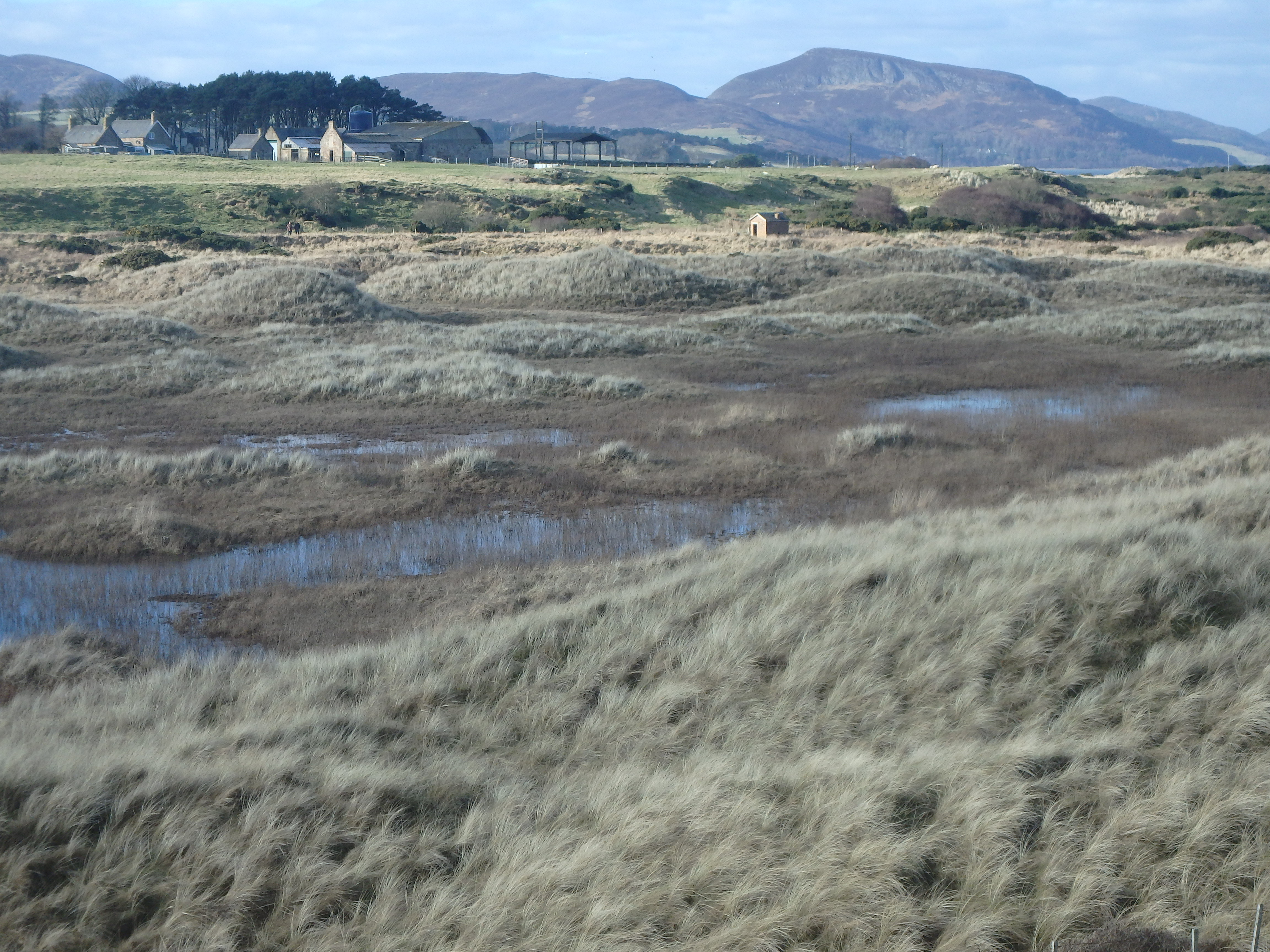
Opponents of the development worry that previously approved sites - like Trump’s Aberdeenshire course - may have set a precedent that makes it acceptable to bypass environmental regulation, for the supposed economic benefits that such developments bring. It poses, yet again, the question of where environmental and conservation polices lie on Scotland’s list of priorities? If the Coul Links development is approved, it risks sending the message that none of Scotland’s valued natural landscapes are safe from corporate development.
THE BREXIT OUTLOOK
It is possible to view this particular issue within a wider context. There is increasing anxiety that current environmental protections could lose their clout in the post-Brexit UK. The EU has helped to guide and support Scotland’s environmental policy ambitions over recent years, enabling ambitious targets on climate change and climate justice. EU investment in Scotland has notably benefited areas such as renewable energy development, and nature protection.
There may be cold comfort in Michael Gove’s recent announcement that an independent environmental body will be set up to deliver a ‘green Brexit’, with environmental considerations high on the agenda. Mr Gove even promises that Britain will in the future have more substantive environmental protections than its EU counterparts. However, with limited detail revealed of what such safeguards and processes will offer, many remain hesitant that equivalent protections will remain in place.
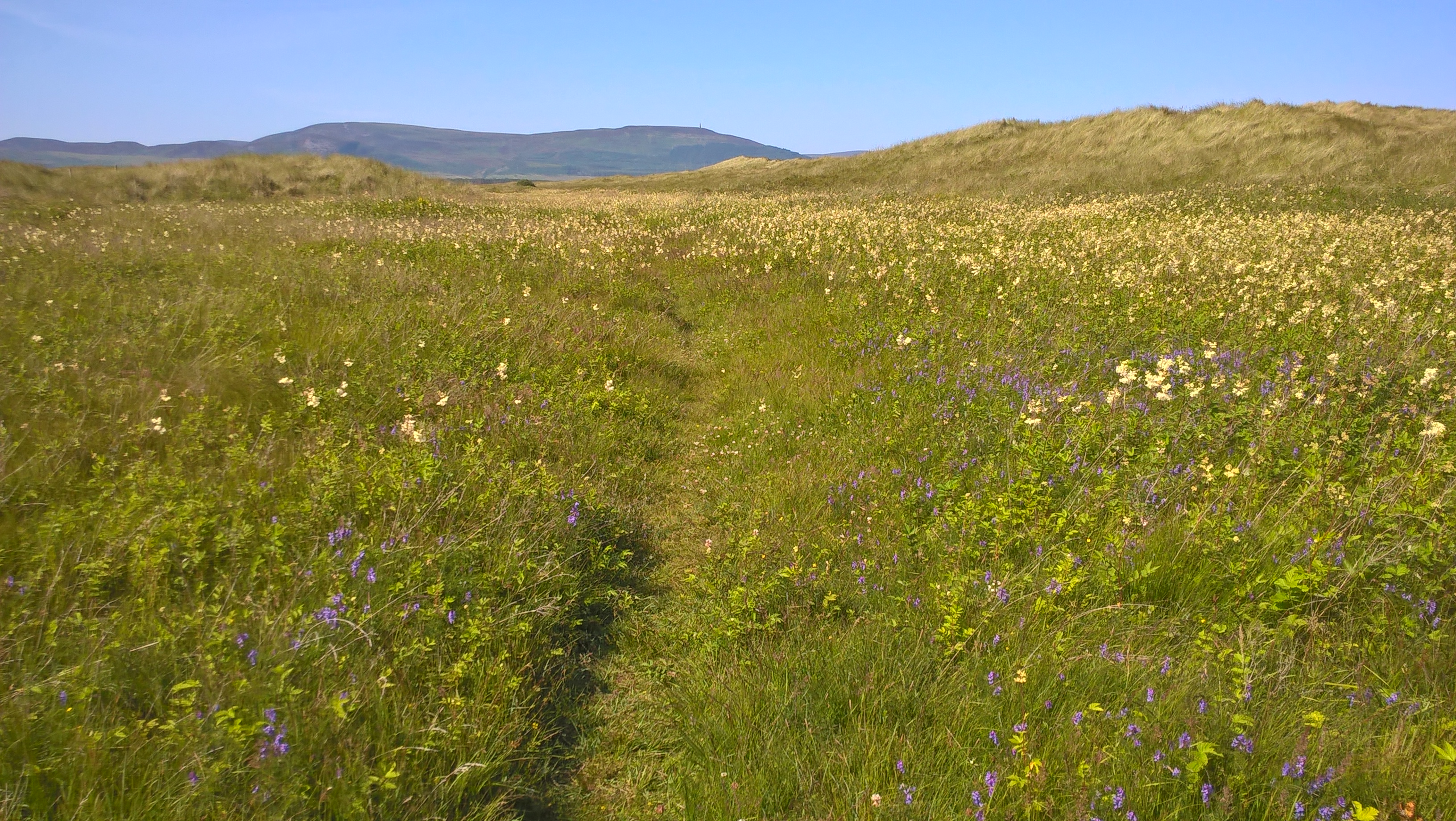
In light of these uncertainties, Scotland ought to continue to step up as a thought-leader on conservation, in line with its ambitious climate change plan and strategy on biodiversity. Scotland was one of the first nations in the world to sign up to the United Nations Sustainable Development Goals and has committed to setting ambitious targets to ensure Scotland meets obligations under the Paris Agreement.
All well and good. But allowing this luxury golf course to go ahead would suggest that these ideological positions are not being upheld. It would also signal to developers that Scotland’s land is open for business - regardless of its ecological value. This would be a sad outcome and may damage Scotland’s environmental reputation.
Lyndsey Croal has a Master’s in Peace and Conflict Studies from the University of St Andrews and is interested in international security, human rights, international development, and conservation policy. She currently works as a Parliamentary Officer for the RSPB. In her own time, she runs a current affairs blog, The Peace and Conflict Thread (The PACT), and volunteers with an NGO on the Thai-Burma border. Lyndsey is on twitter as @LyndsCroal
Feature image: The unique mosaic dune landscape at Coul Links. © Alison Searl. With thanks to Alison Searl for the use of the images in this article.

